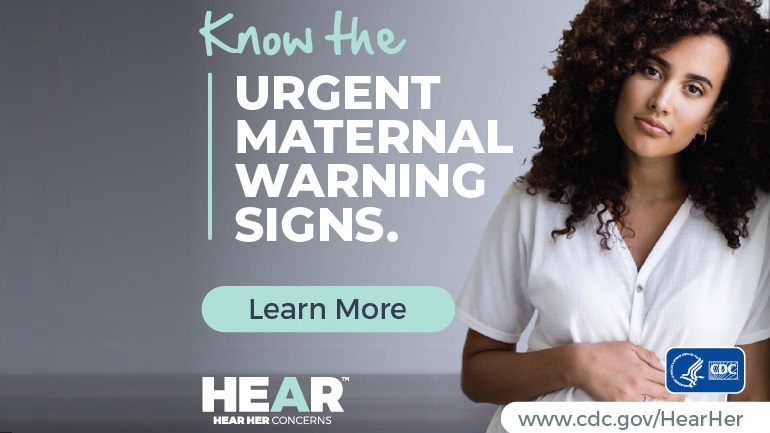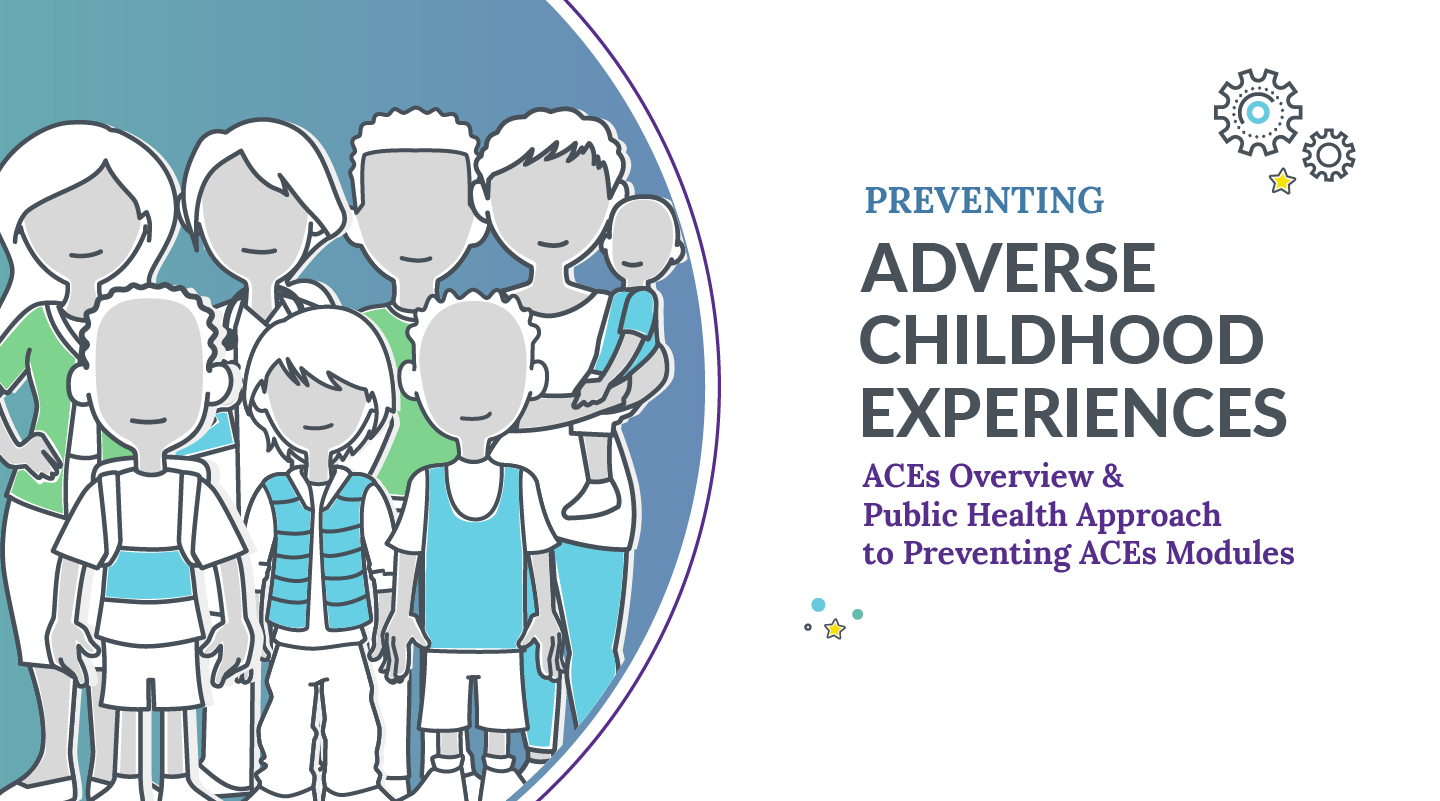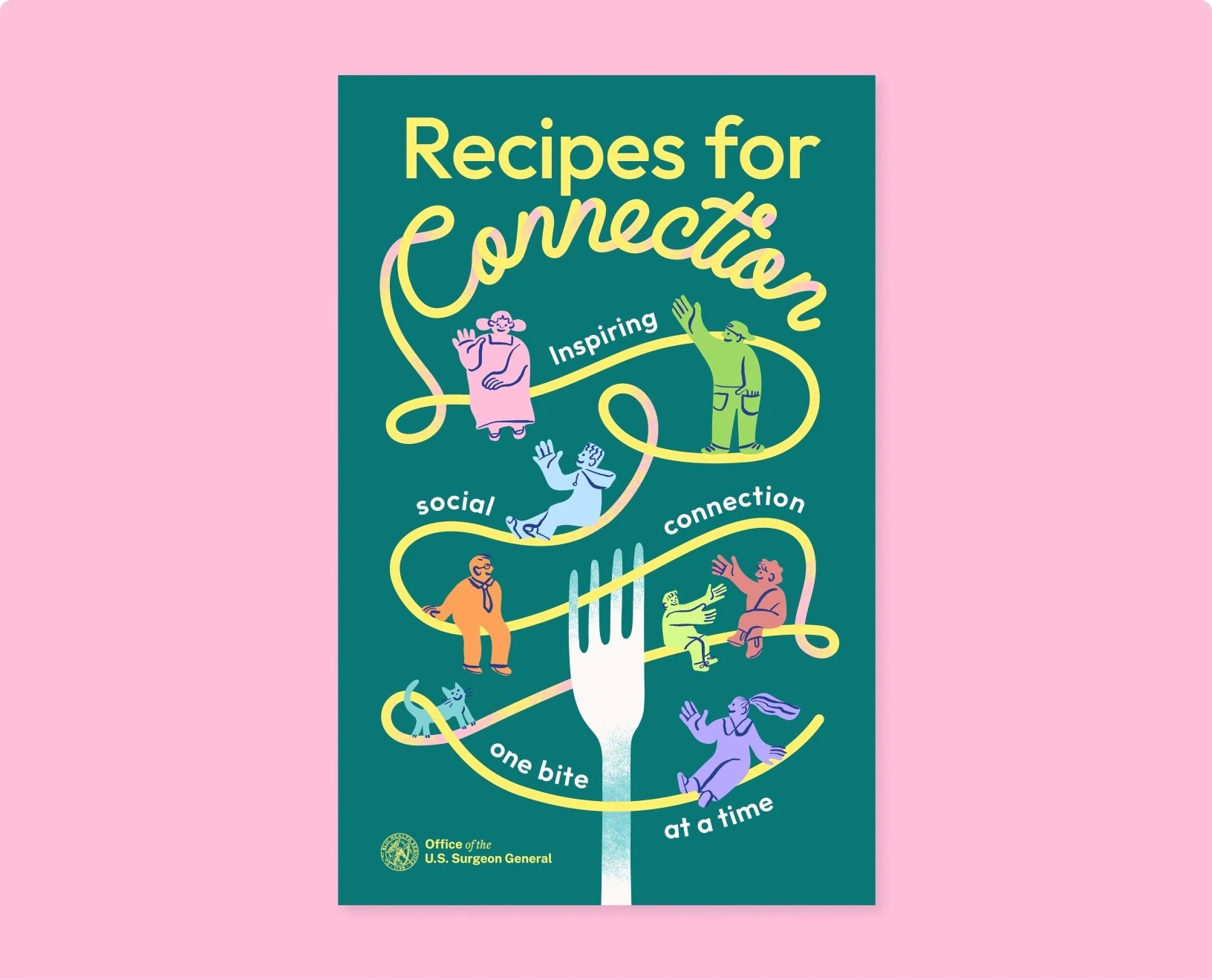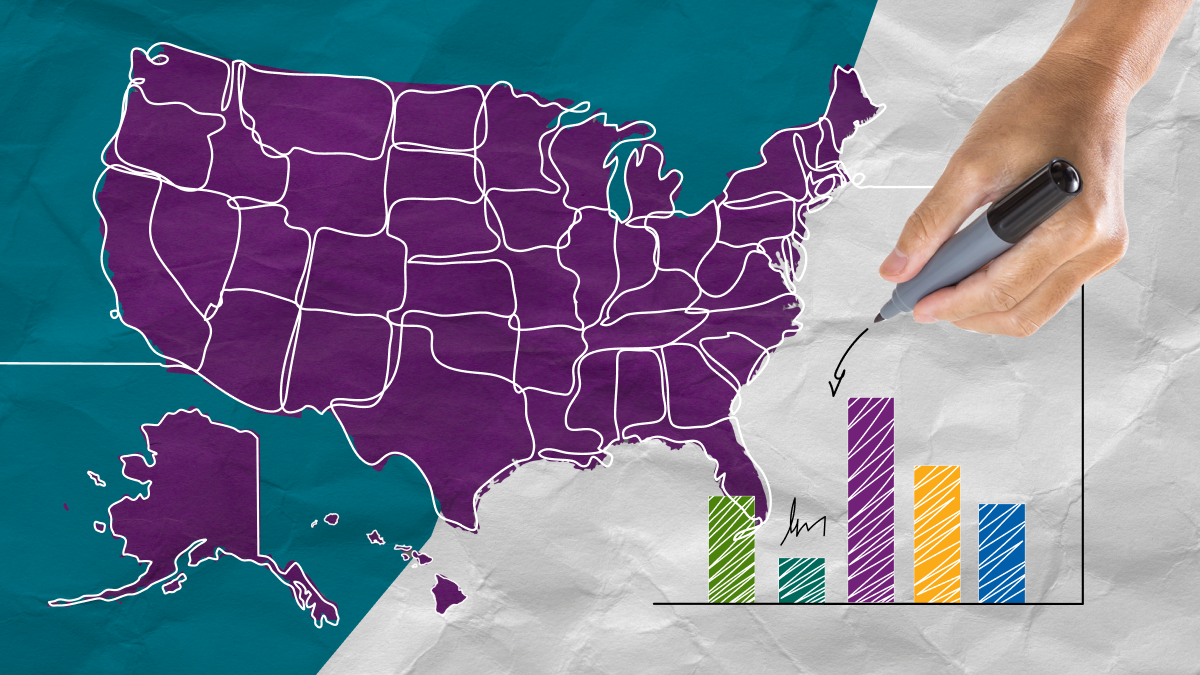At a glance
Health care & research
- CDC's Mental Health Strategy describes the public health approach to promote well-being and improve access to supports and opportunities.
- CDC's Improving Maternal Mental Health Care page describes activities that CDC is doing to improve women's mental health by collaborating with professional organizations. CDC's Hear Her campaign helps prevent pregnancy-related deaths.
- Pediatric and adolescent screening recommendations for anxiety and depression includes guidance for clinicians on screening for pediatric patients. (U.S. Preventive Services Task Force)
- Adult screening recommendations for anxiety and depression includes guidance for clinicians on screening for adult patients. (U.S. Preventive Services Task Force)
- HHS's Overall Health and Well-Being Measures - Healthy People 2030 is a governmental effort to track population well-being, healthy life expectancy, and summary mortality and health.

Parenting children & teens
- Under 12: Essentials for Parenting Toddlers and Preschoolers is a free, online resource for parents of 2- to 4-year-old children.
- Under 12: CDC's Developmental Milestones helps parents track their child's developmental milestones from age 2 months to 5 years. Get tips from CDC for encouraging your child's development and find out what to do if you are concerned about how your child is developing.
- CDC's Essentials for Parenting Teens is a free online resource for parents and caregivers of youth that provides tools on building positive parent-teen relationships.
- CDC's Tips for a positive start to the school year! describes how parents and caregivers can help their teens feel emotionally ready at the start of school and throughout the school year.
- Tools based on cognitive behavioral therapy techniques—available in both English and Spanish—to promote coping and resilience and help children and youth manage feelings of stress, anxiety, and sadness. (National Academies)
- The Surgeon General's 2024 Parents Under Pressure advisory highlights growing rates of parental depression, anxiety, and stress and actions that individuals, communities, and institutions can take to reduce parental stress.
- The Surgeon General's 2023 social media advisory details steps that policymakers, technology companies, researchers, families, and young people can take to better safeguard youth mental health on social media.
- StopBullying.gov describes actions parents, school staff, and other adults in the community can take to help kids prevent bullying.
- The Center for Excellence in Social Media and Youth Mental Health provides a centralized, trusted source for evidence-based education and technical assistance to support the mental health of children and adolescents as they navigate social media. (American Academy of Pediatrics)

Preventing adverse childhood experiences
- CDC's VetoViolence resources for violence prevention offers educators, health care professionals, community members and others with tools, trainings, and resources to help prevent early adversity and create positive childhood experiences.
- CDC's Adverse Childhood Experiences (ACEs) Resource page compiles a list of publications, data sources, presentation graphics, and other general resources for professionals and public to use around the topic of adverse childhood experiences.
- CDC's ACEs Prevention Resource for Action helps states and communities leverage the best available evidence to prevent ACEs from happening in the first place as well as lessen harms when ACEs do occur.
- The National Center for Relational Health and Trauma-Informed Care provides resources and guidance to pediatricians and health care professionals to help them recognize and treat trauma. (American Academy of Pediatrics)

Positive well-being
- CDC's Improving Social Connectedness offers information and tips for creating new and stronger relationships to improve health and well-being.
- CDC's About Emotional Well-Being offers the public information on boosting your emotional well-being through meaningful conversations and managing emotions.
- CDC's Measuring Emotional Well-Being for public health professionals and researchers describes how CDC is measuring health and well-being in the United States.
- CDC's Still Going Strong campaign encourages healthy habits to ensure older adults maintain their ability to connect and remain socially active.
- The Surgeon General's 2023 report highlights growing rates of loneliness and actions individuals, organizations, and communities can take to increase and strengthen connections from youth to older adulthood.
- The Surgeon General's 2025 Recipes for Connection booklet provides inspiration for ways to spark and deepen connections through the art of gathering.

Overdose prevention
- CDC's Stigma Reduction| Stop Overdose for the public includes statistic and information on ways to reduce stigma related to substance use.
Suicide prevention
- CDC Suicide Prevention Resource for Action helps states and communities prioritize suicide prevention activities most likely to have an impact and can be tailored to the needs of populations and communities.
- CDC's Suicide Prevention Communication Playbook helps public and private organizations develop suicide prevention communication campaigns that contribute to behavior change.
- National Suicide Prevention Strategy (2024) promotes a coordinated and comprehensive approach to suicide prevention in communities across the country.
- How The 5 Steps Can Help Someone Who is Suicidal - #BeThe1To includes five action steps for communicating with someone who may be suicidal; the action steps are supported by evidence in the field of suicide prevention.
- Reporting on Suicide specifies ways that media can more responsibly report on suicide deaths.
- Provide for Immediate and Long-Term Postvention – Suicide Prevention Resource Center describes actions communities and organizations can do in the aftermath of a suicide to help people cope with grief, strengthen mental health, and decrease suicide risk.

School-based approaches
- CDC's Adolescent and School Health promotes data, information, and tools to help support teen mental health in school settings.
- CDC's What Works in Schools helps support quality health education, connect youth to health services, and make schools safer and more supportive.
- CDC’s About Classroom Management promotes positive behavior management in the classroom that teachers and other school staff can use to strengthen school connectedness.
- CDC's school action guide can help school and district leaders build on or find new strategies to promote students' mental health.
Work-based approaches
- CDC's Supporting Mental Health in the Workplace Blog summarizes information and strategies to support workers' mental health and well-being.
- CDC's Fundamentals of Total Worker Health® creates and sustains safe and healthy workplace cultures.
- CDC's Impact Wellbeing™ gives hospital leaders evidence-informed solutions to reduce health care worker burnout, sustain well-being, and build a system where health care workers thrive.
- CDC Workplace Health Program provides information on improving the health, safety, and well-being of employees through science-based workplace health promotion programs.

Help spread the word
Help us spread the word by promoting the new CDC Mental Health Data Channel! Feel free to share these messages across your social media channels, newsletters, or other promotional materials.
Sample post 1

Looking for mental health data? CDC's Mental Health Data Channel is a new resource to help you easily access national and state data on mental health and well-being among U.S. youth and adults. Search by state, sex, age, and more and find resources to help: https://www.cdc.gov/mental-health/about-data/index.html #MentalHealth
Sample post 2

CDC's Mental Health Data Channel is now live! Explore national and state data on well-being, depression and anxiety, social connection, mental health-related emergency department visits, and suicide among U.S. youth and adults: https://www.cdc.gov/mental-health/about-data/index.html #MentalHealth
